Over the past several years, the global cosmetics market has experienced continuous growth, but it is the Chinese market that truly shines as a lucrative opportunity. Ranked second in size only to the US, China has emerged as a goldmine for cosmetics and skincare products.
What sets the Chinese market apart is its responsiveness to the evolving demands of Chinese beauty consumers. There has been a notable surge in the desire for personal care items that cater to diverse needs and preferences, prompting the introduction of innovative products tailored to specific consumer segments.
In this blog post, we will take a closer look at China’s cosmetics market and see what are the best strategies for foreign and domestic brands to thrive in this lucrative environment.
The Chinese Beauty Market Overview
Informed entrepreneurs and businesses are well aware of the immense potential for sales growth in emerging markets like China. Notably, the Chinese cosmetics market boasts an impressive annual growth rate of 9.1%, nearly double that of the US. This remarkable growth rate positions China as an ideal destination for cosmetic brands eager to explore new and promising opportunities.
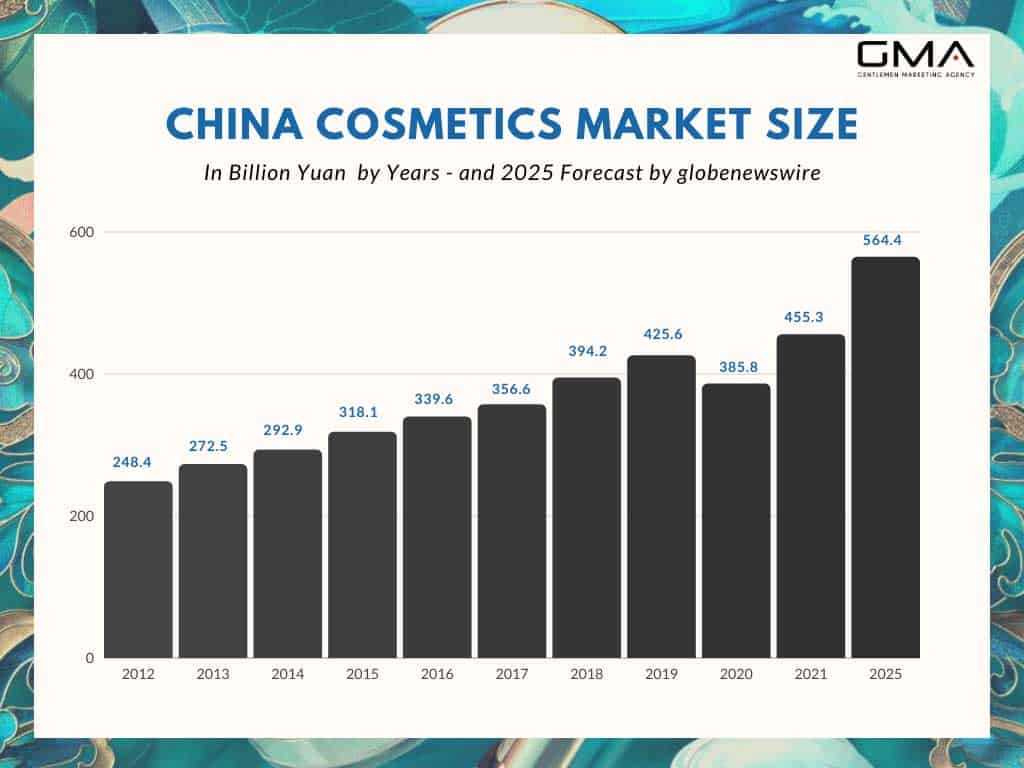
By staying attentive to the unique demands of the Chinese market and adapting their offerings to suit the discerning preferences of Chinese consumers, cosmetic brands have the chance to flourish in this thriving environment of opportunity.
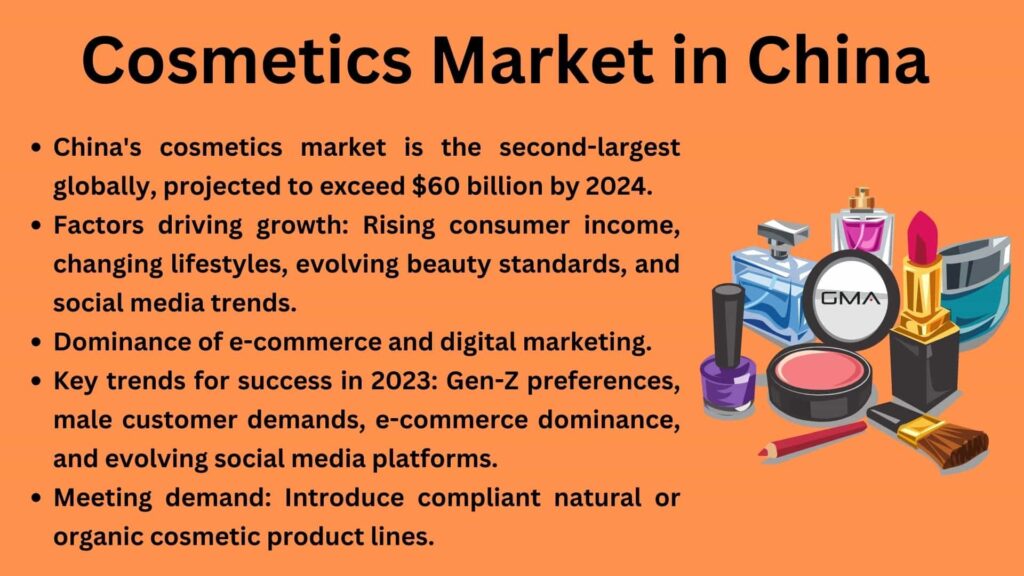
A World Tour of Beauty Trends
At present, the skincare and make-up segment accounts for half of the market share, but other sectors in China’s beauty industry are showing rapid growth that deserves attention, such as medical cosmetics, children’s skincare, and men’s skincare.
The children’s skincare market in China is particularly promising and is currently dominated by two foreign brands. Johnson & Johnson leads the baby personal care industry with a substantial market share of 12.8%, closely followed by Pidgeon with 7.8%. This sector is witnessing remarkable growth, with the baby care industry in China projected to achieve a compound annual growth rate of 14.5% by the end of 2023.
Moreover, the men’s cosmetics sector in China is also experiencing a significant upswing. Experts predict that by 2023, the market is poised to surpass a value of $166 billion, boasting a compound annual growth rate of 5.4% between 2016 and 2023. Chinese men are increasingly embracing skincare, indicating a rising trend in their willingness to invest in personal grooming.
While foreign cosmetics brands are generally trusted for their quality and reputation, they tend to be expensive, limiting their accessibility primarily to young Chinese consumers in major cities. As the market continues to evolve, catering to these emerging sectors with targeted products and pricing strategies could lead to even greater success in the Chinese cosmetics industry.
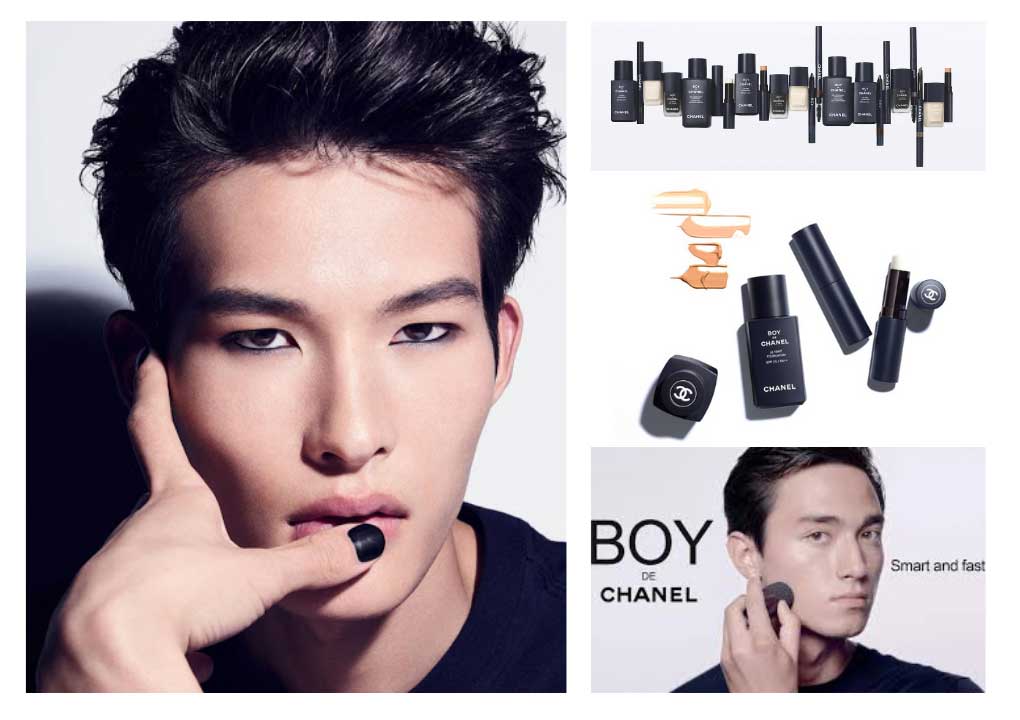
Key Factors Shaping the Cosmetics Market Landscape
Rising Disposable Income
As China’s economy continues to grow, there has been a significant increase in disposable income among the middle class. This rise in purchasing power has led to higher consumer spending on beauty and personal skincare products.
Urbanization
China’s ongoing urbanization process has resulted in a concentration of population in cities, leading to a higher demand for cosmetics products, especially among urban dwellers who are more exposed to beauty trends and fashion.
Changing Consumer Preferences
Chinese consumers are increasingly becoming more conscious about their appearance and grooming. The younger generation, in particular, is more open to trying new beauty and personal care products and exploring various skincare and makeup options on the market in China.
Influence of Social Media and KOLs
Social media platforms have a massive impact on shaping beauty trends in China. Key Opinion Leaders (KOLs), also known as influencers, play a crucial role in promoting cosmetic products and beauty brands, driving consumer interest and purchases in the personal care market.
Premiumization of Beauty Products
With an increasing number of Chinese consumers valuing high-quality and luxury cosmetic products, there has been a trend towards premiumization, leading to higher sales and revenue for premium and luxury beauty brands.
Health and Wellness Awareness
The growing awareness of health and wellness has translated into a demand for skincare and cosmetics products that offer natural, organic, and cruelty-free formulations.
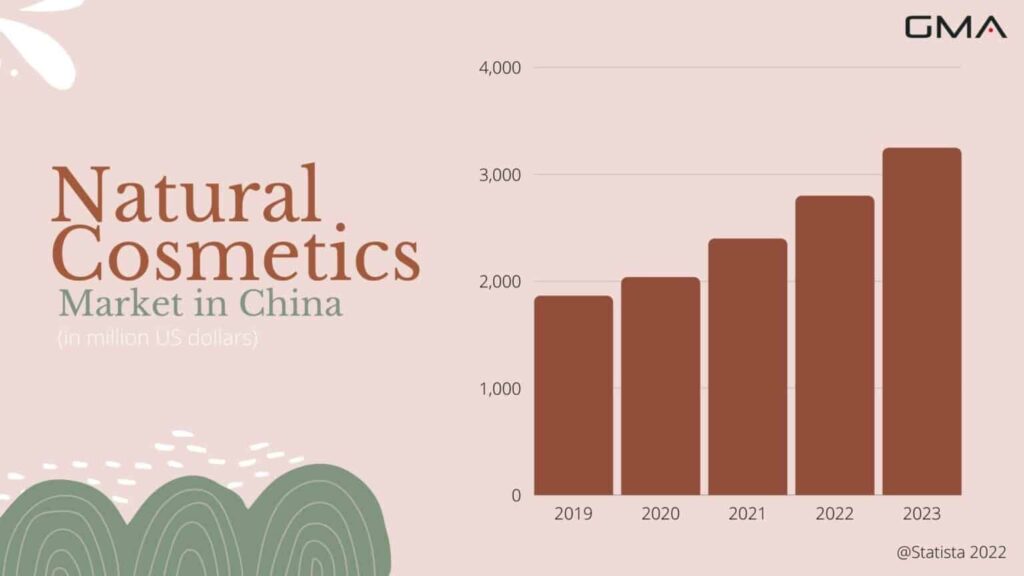
Strategies for Successfully Promoting Foreign Cosmetic Products in the Chinese Market
Promoting a foreign brand in China poses unique challenges due to significant cultural and technological differences from the West. Firstly, China’s social media landscape differs, featuring platforms like WeChat, Weibo, and Douyin, which might be unfamiliar to you. Additionally, Chinese consumers’ behaviors and preferences diverge from what they might be accustomed to.
In general, consumers, particularly Chinese women, invest significant time in extensive research before making beauty and skincare products purchases. Around 90% of Chinese women diligently conduct research before buying any items, especially those from foreign brands.
Chinese consumers display a thorough approach when comparing various cosmetic products. This meticulous process is especially prominent when it comes to makeup, where they seek out demonstrations from Key Opinion Leaders (KOLs) and Key Opinion Consumers (KOCs). They prefer witnessing how specific lipstick or eye shadow colors appear on Chinese influencers before committing to a purchase.
Notably, local consumers in China tend to be cautious about trusting brands outright. Instead, they place more confidence in KOLs, seeking transparent feedback from them regarding the products they endorse.
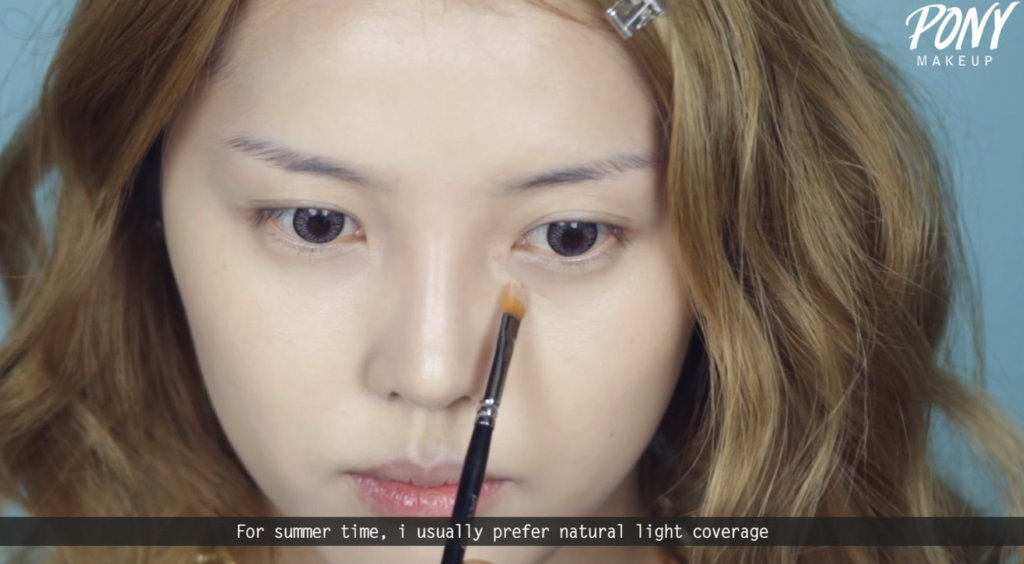
Skincare brands in China’s beauty market are surrounded by an immense wealth of information accessible through various channels.
E-commerce platforms like Tmall and JD serve as primary hubs for browsing through numerous brands and their offerings. Meanwhile, social media platforms also play a crucial role in building brand awareness and aiding consumers in acquiring product knowledge and understanding different brands.
The Significance of E-Commerce in China’s Cosmetics Industry
China boasts the world’s largest e-commerce market, with a staggering 35.3% of its retail sales being generated online, surpassing half of the global e-commerce total.
Within the Chinese Internet landscape, there are diverse options for conducting purchases on different online channels, including traditional e-commerce platforms and the emerging trend of social e-commerce.
Utilizing e-commerce sites offers a key advantage for businesses, enabling them to reach a significantly larger customer base while saving on budgets and avoiding the complexities of negotiating with multiple supermarkets, shopping malls, or physical stores.
Moreover, e-commerce proves to be a boon for brands unable to directly sell their products in smaller cities or rural areas. By leveraging Chinese e-commerce, they can efficiently tap into these markets without the need to invest in an extensive distribution network. Instead, focusing on store promotion and increasing online traffic becomes paramount to thriving in the Chinese market.

Building and Optimizing a Chinese Website for Baidu
Creating a Chinese website and optimizing it for Baidu is crucial due to the search engine’s efficiency and popularity among Chinese consumers. Baidu serves as a primary source for third-party information, making it extremely easy for users to conduct research.
Chinese users often turn to Baidu to find solutions to their problems, similar to how people use Google. They utilize the platform to discover products that can address their skincare concerns, seek makeup tutorials, and read user feedback and reviews. Baidu’s Question & Answer (Q&A) sections and forums are actively searched for information.
To optimize the website for Baidu, thorough keyword research is essential. Identifying popular search terms through Baidu’s keyword planner tool helps in reaching the target audience effectively. Additionally, on-page SEO techniques should be employed, including the strategic use of keywords in website content, meta tags, and headings.
Mobile optimization is vital since a majority of Chinese users access the internet through mobile devices. The website should be made mobile-friendly to enhance user experience and engagement. Registering the website with Baidu Webmaster Tools allows for monitoring website performance and resolving any indexing or crawling issues.
The creation of high-quality content is paramount in engaging Chinese users. Relevant blog posts, tutorials, Q&A sections, and user reviews will foster interest and build trust. Leveraging social media integration with popular Chinese platforms like WeChat and Weibo can help drive traffic and increase social engagement.
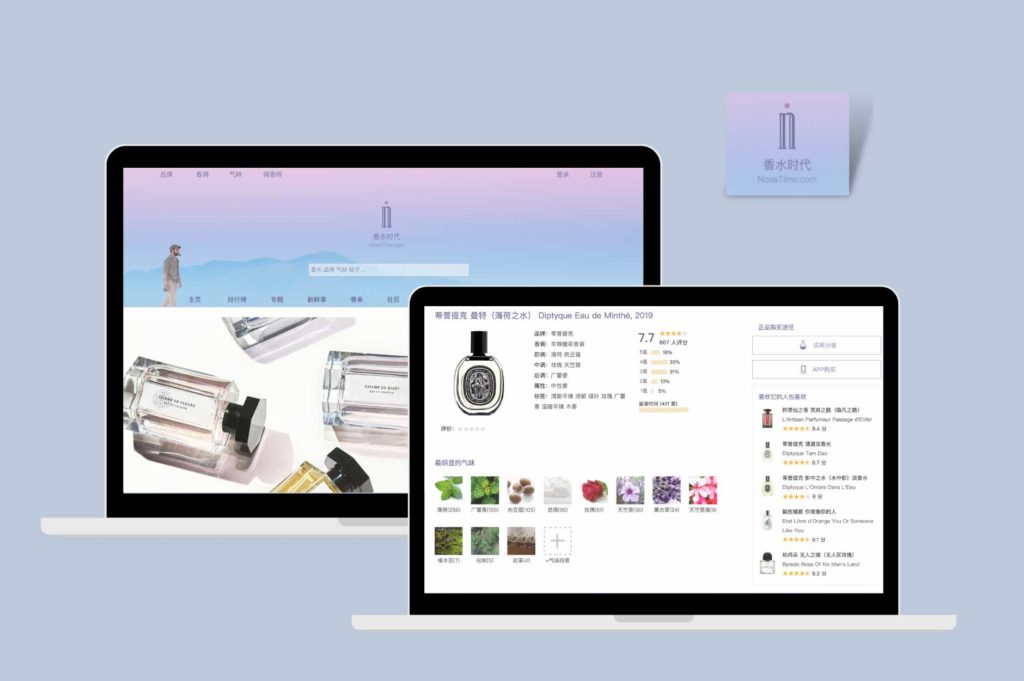
Managing Social Networks in China
In China, social media plays a pivotal role, particularly among cosmetics consumers, especially young women, who heavily rely on the opinions and recommendations of fellow users and key opinion leaders (KOLs) when considering beauty products. To effectively engage this audience, it’s crucial to focus on two types of social platforms: micro-blogging platforms and professional Social Networking Services (SNS) such as WeChat.
Micro-blogging platforms like Weibo hold great influence, with 51.87% of micro-bloggers actively searching for products they encounter on E-commerce sites. Surprisingly, this surpasses the 49.91% who directly visit the brand’s homepage. Additionally, 49.57% of micro-bloggers meticulously examine pictures and links within posts. This highlights the importance of establishing a robust Social Media Integration strategy for your brand and products to captivate the attention of potential customers in China’s dynamic social media landscape.
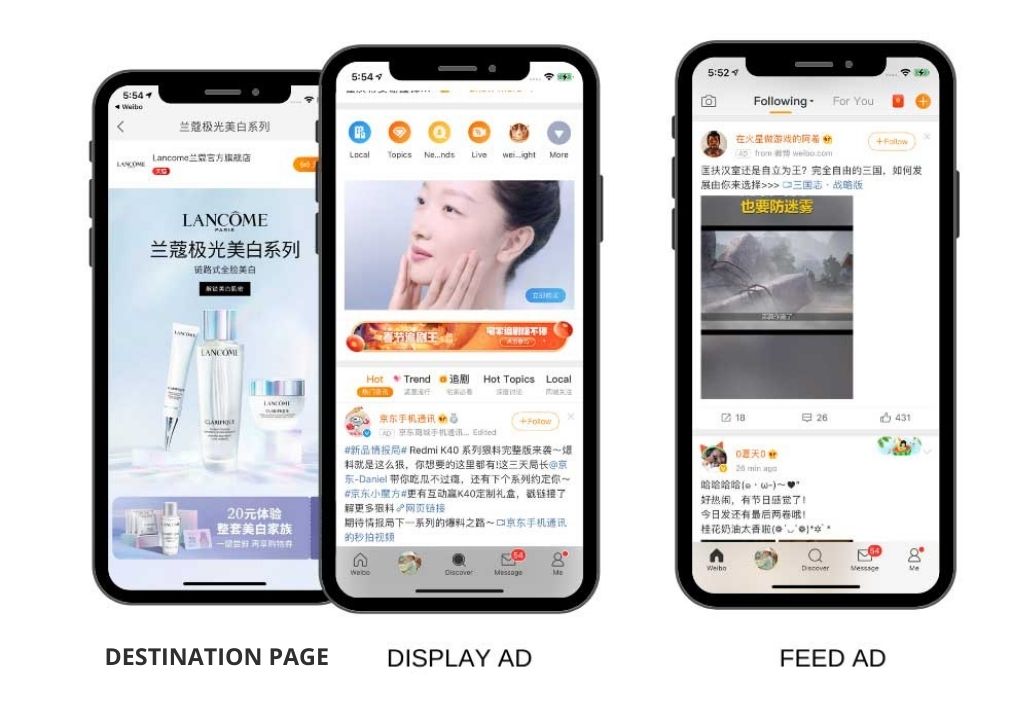
To establish trust and credibility on social media in China, creating an official brand account is the first step. Pay close attention to the account’s design, ensuring it aligns with your brand’s identity and values. Publishing engaging and interesting content about your brand is essential to capture the attention of users, particularly your target customers.
On these social media platforms, you’ll find a vibrant community, primarily consisting of knowledgeable cosmetics enthusiasts, particularly young women. Their comments and evaluations of products wield significant influence over potential customers. Therefore, it’s crucial to foster a positive relationship with this community by responding to their queries and engaging in meaningful conversations.
In addition to traditional advertising methods, consider leveraging the power of Key Opinion Leader (KOL) marketing combined with social media. Collaborating with reputable KOLs can significantly boost your brand’s reputation and reach the target audience.
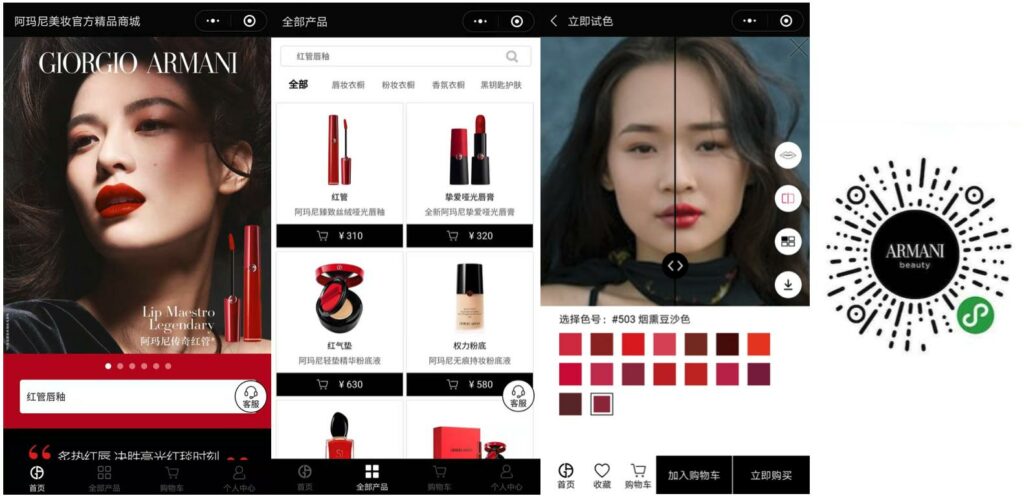
Essential Guidelines for Foreign Brands Navigating the Regulatory Landscape
When venturing into the Chinese cosmetic market, foreign brands must be well-versed in the regulatory landscape overseen by the China Food and Drug Administration (CFDA). This authoritative body formulates essential laws, regulations, and policies about food safety, including cosmetics, making compliance with their guidelines vital for successful market entry.
Before introducing any cosmetic product to the Chinese market, brands must undergo rigorous registration and secure approval from CFDA. An important guideline to note is that any ingredients not listed in the Inventory are considered “new” and require CFDA’s explicit approval for use in cosmetics. This applies not only to novel ingredients but also to those already approved by reputable organizations like the FDA or EU authorities in other regions. Additionally, for foreign manufacturers without a local subsidiary, appointing a Chinese Responsible Person (RP) is imperative, as this individual will liaise directly with CFDA on behalf of the brand.
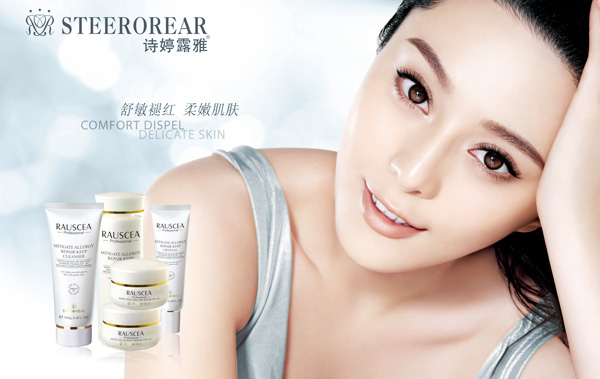
Numerous regulations govern the manufacturing, importation, and sale of cosmetics in China. These regulations have a significant impact on both international niche brands and burgeoning domestic beauty brands. In recent revisions, simplified filing procedures were introduced for specific low-risk products, offering streamlined market access for items like shampoos or shower gels.
One of the most critical considerations for foreign brands is China’s animal testing policies. In the past, all imported cosmetic products were subject to mandatory animal testing as part of the regulatory process. However, as of May 1st, 2021, pre-market cosmetics animal testing is no longer compulsory for “ordinary” products with a GMP certificate. This landmark change opens doors for clean beauty brands seeking to expand their presence in the Chinese market without the burden of animal testing requirements.
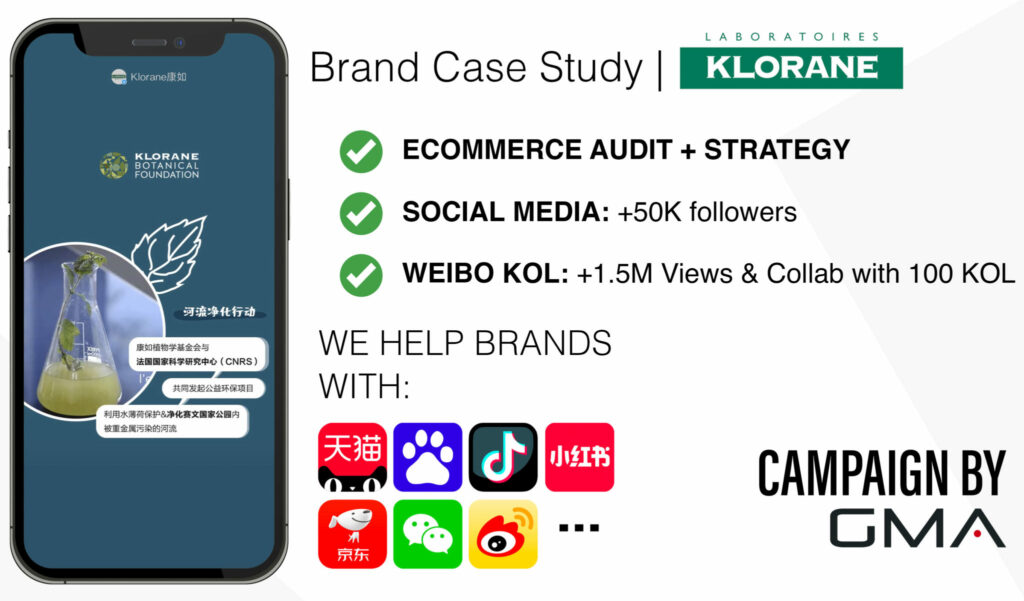
Chinese Cosmetics Market Success: Our Agency’s Dedication to Your Growth
Amidst the burgeoning Chinese cosmetics market, set to exceed $60 billion by 2024 with online sales surpassing in-store sales, there lies a promising opportunity for investors and entrepreneurs. Our agency comprehends the unique dynamics and regulatory landscape of the Chinese beauty market, committed to providing unwavering support throughout your journey.
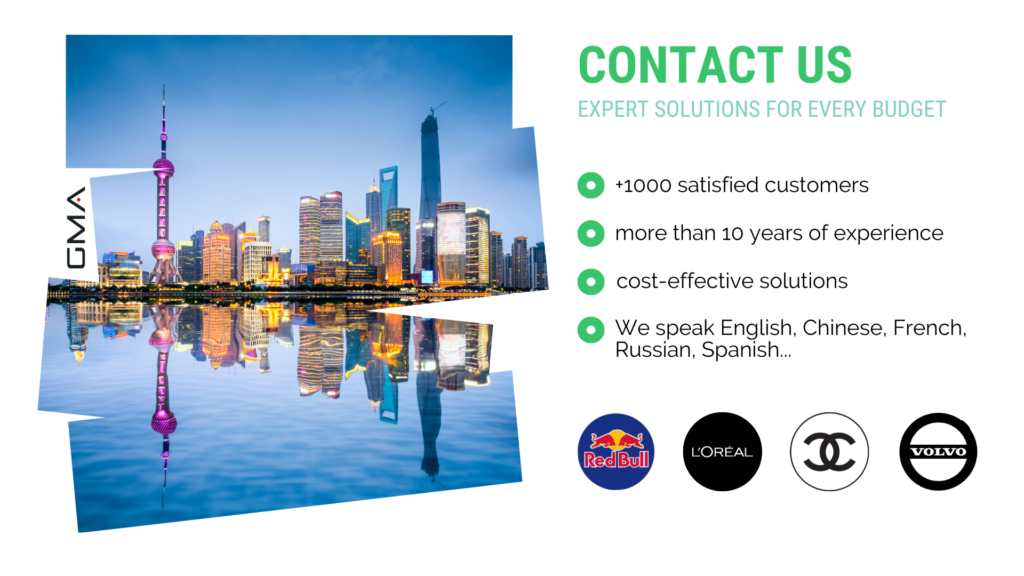
As a China-based Digital Marketing Agency, we boast specialized expertise in cosmetics and have partnered with major beauty brands in China, such as L’Oréal, René Furterer, Coslys, Guerlain, Yves Saint Laurent Beauté, Avène, and more.
Our team of Chinese and foreign digital experts stays at the forefront of cosmetics trends in China, ensuring the delivery of effective solutions for various needs, like “new brands” seeking entry into the Chinese market or established brands in China striving to enhance engagement and sales.
To maintain competitiveness, embracing e-commerce and digital marketing strategies is paramount. Our agency diligently tracks emerging trends and executes strategic marketing campaigns tailored to specific segments within your target audience.
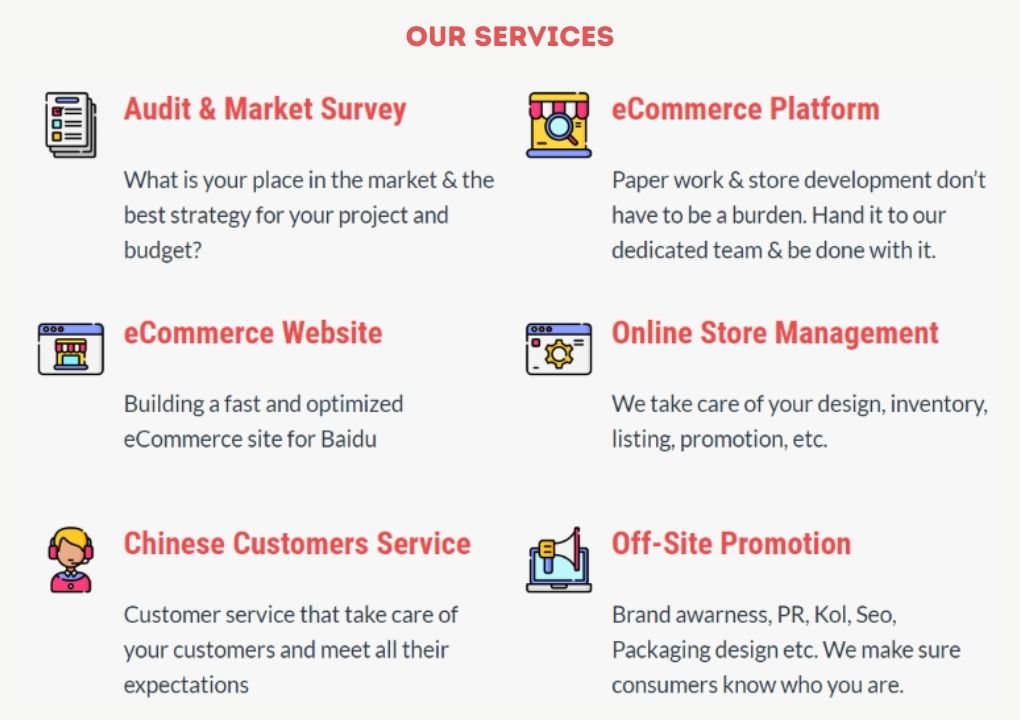
To thrive in the long term, adaptability and agility take center stage. This may encompass investment in research and development, exploration of new distribution channels like social commerce platforms, and consistent evolution to meet evolving consumer preferences. By partnering with us, you ensure your brand’s enduring success in the dynamic Chinese cosmetics landscape.
Our unwavering commitment is to guide you through the intricacies of the Chinese cosmetics market, enabling you to seize opportunities and flourish. Don’t hesitate to reach out to us at any time to discuss your objectives and discover how we can customize a comprehensive marketing strategy to suit your unique requirements. Together, we will unlock the full potential of the Chinese cosmetics industry.
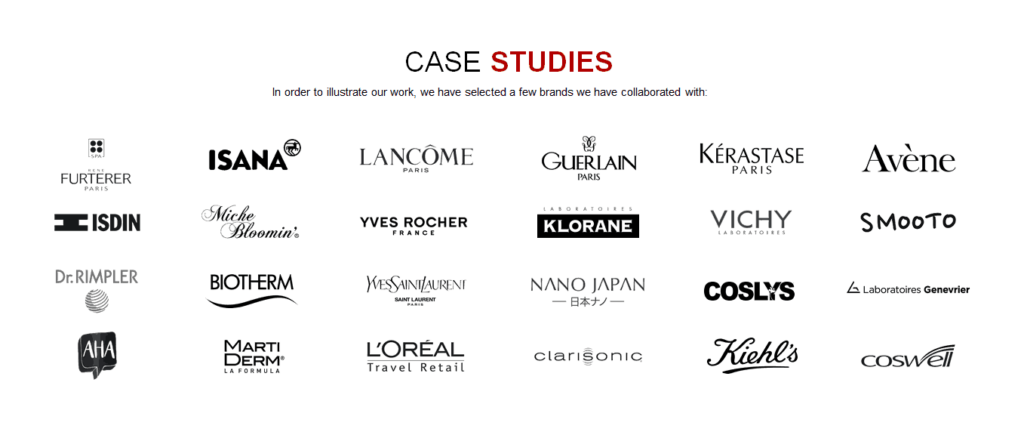

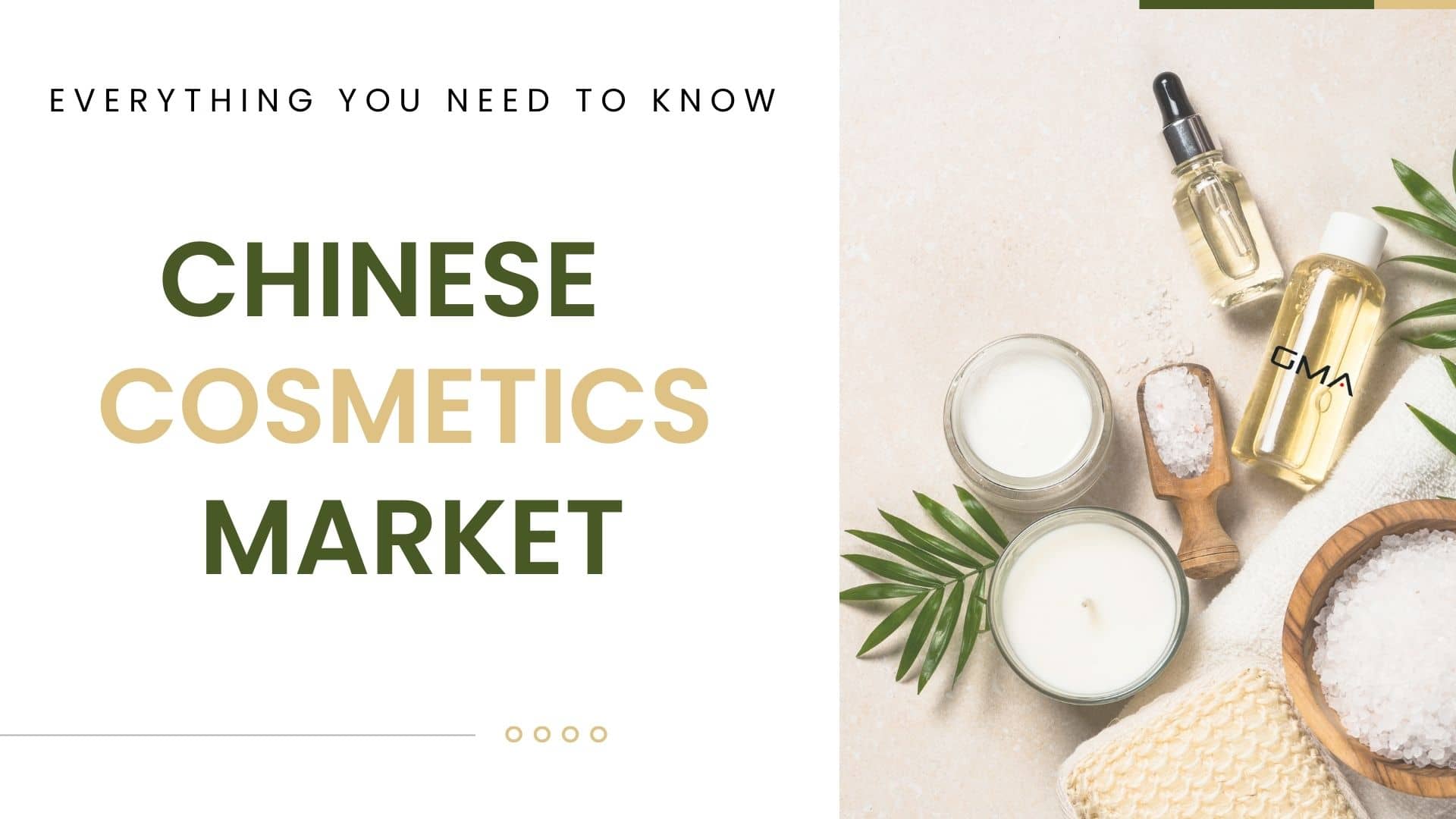
1 comment
Guillaume
In Asia, and especially in China, people are worried about skin aging and pollution. It is only recently that consumers have begun to think about the effects of smog (smog) on their health and skin. In addition, the growing awareness of environmental issues is pushing consumers to turn to greener products. For this reason, Chinese consumers are increasingly looking for organic, vegan and natural products. Words like “natural”, “green” and “clean” are spreading widely on social media. Products labeled as “cruelty-free” are also gaining traction among young Chinese consumers, especially Millennials and GenZ.